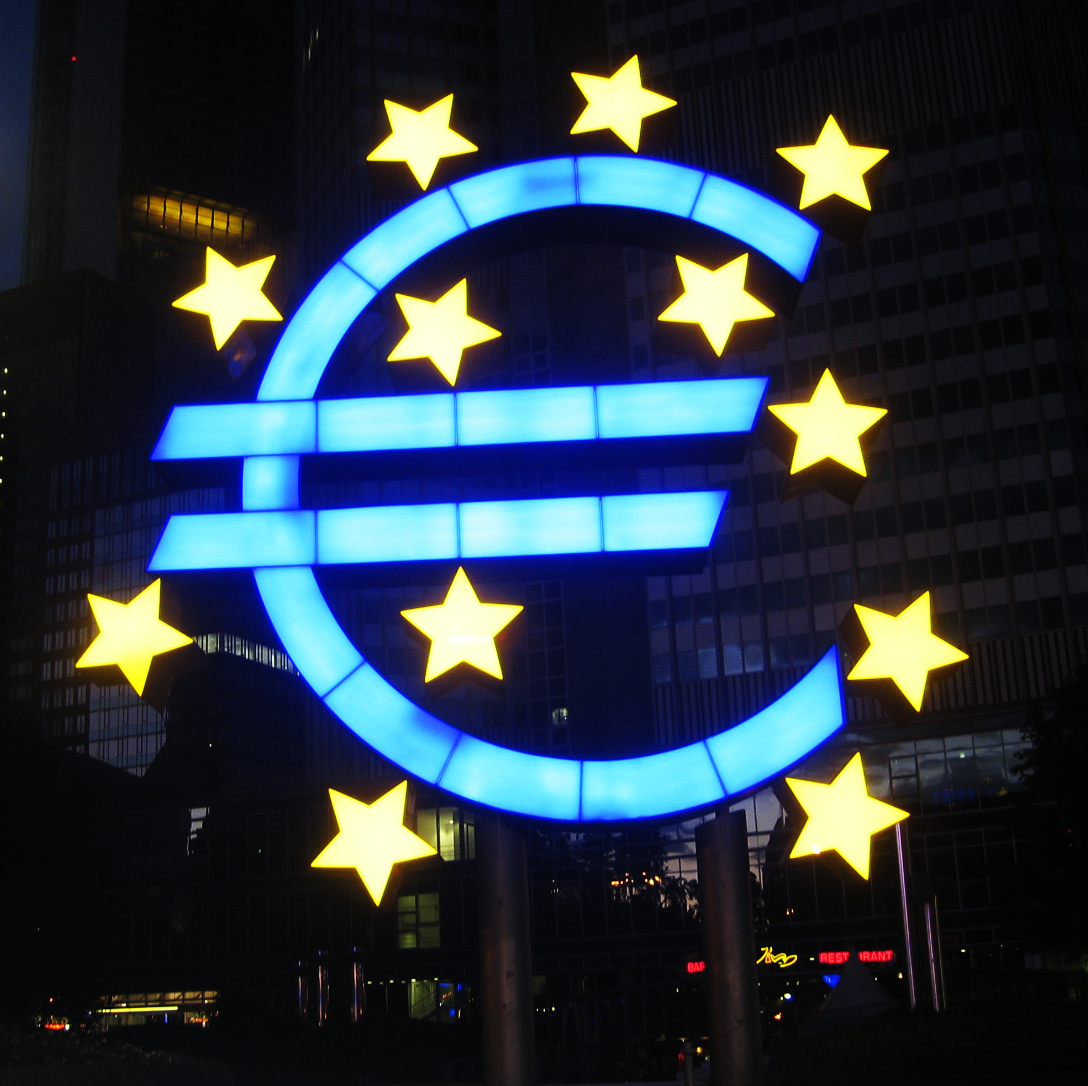Euro-Skulptur on:
[Wikipedia]
[Google]
[Amazon]

 The Euro-Skulptur (German for ''Euro sculpture'') by Ottmar Hörl set up at
The Euro-Skulptur (German for ''Euro sculpture'') by Ottmar Hörl set up at
Euro-Skulptur
at "Kunst im öffentlichen Raum Frankfurt" (in German)
Euro-Skulptur
at "Frankfurter Kultur Komitee" (in German)

 The Euro-Skulptur (German for ''Euro sculpture'') by Ottmar Hörl set up at
The Euro-Skulptur (German for ''Euro sculpture'') by Ottmar Hörl set up at Willy-Brandt-Platz
The Willy-Brandt-Platz is a central square in Frankfurt am Main, Hesse, Germany. Its name was Theaterplatz (Theatre square) until 1992, when it was named after Willy Brandt, the former chancellor. It is located between the Main Station and the A ...
in Frankfurt am Main
Frankfurt, officially Frankfurt am Main (; Hessian: , "Frank ford on the Main"), is the most populous city in the German state of Hesse. Its 791,000 inhabitants as of 2022 make it the fifth-most populous city in Germany. Located on its na ...
, Germany
Germany,, officially the Federal Republic of Germany, is a country in Central Europe. It is the second most populous country in Europe after Russia, and the most populous member state of the European Union. Germany is situated betwe ...
, is one of two copies of the work that have been put on public display. It is a tall electronic sign Electronic signage (also called electronic signs or electronic displays) are illuminant advertising media in the signage industry. Major electronic signage include fluorescent signs, HID ( high intensity displays), incandescent signs, LED signs, an ...
that shows a Euro sign
The euro sign () is the currency sign used for the euro, the official currency of the eurozone and unilaterally adopted by Kosovo and Montenegro. The design was presented to the public by the European Commission on 12 December 1996. It consists ...
and twelve stars around, weighing 50 tonnes.
History
Ottmar Hörl designed the ''Euro-Skulptur'' towards the end of the 1990s, creating two copies. While one of these was set up atFrankfurt Airport
Frankfurt Airport (; german: link=no, Flughafen Frankfurt Main , also known as ''Rhein-Main-Flughafen'') is a major international airport located in Frankfurt, the fifth-largest city of Germany and one of the world's leading financial centres ...
, he gave away the other version to the private corporation Frankfurter Kultur Komitee which decided to put it on display at Willy-Brandt-Platz
The Willy-Brandt-Platz is a central square in Frankfurt am Main, Hesse, Germany. Its name was Theaterplatz (Theatre square) until 1992, when it was named after Willy Brandt, the former chancellor. It is located between the Main Station and the A ...
in front of the then seat of the European Central Bank
The European Central Bank (ECB) is the prime component of the monetary Eurosystem and the European System of Central Banks (ESCB) as well as one of seven institutions of the European Union. It is one of the world's Big Four (banking)#Intern ...
, or ECB which was then at the Eurotower. The sculpture replaced the Euro clock that had been installed there before. Its lights were switched on for the first time at New Year 2001/2002 when the Euro
The euro ( symbol: €; code: EUR) is the official currency of 19 out of the member states of the European Union (EU). This group of states is known as the eurozone or, officially, the euro area, and includes about 340 million citizens . ...
was introduced. The Euro-Skulptur is among the objects most often photographed in Frankfurt's inner city. It is frequently used to illustrate reports on the Euro.
When the ECB moved from its office at Willy-Brandt-Platz to its new building in Frankfurt's east end in 2014, discussions took place whether to also relocate the sculpture to the new site, or move it to a museum. The Frankfurter Kultur Komitee was also asked to perhaps move the sculpture to a central location in Paris, but so far it has remained at its first location. In 2015, a technical update took place when the sculpture's light-emitting elements were replaced by LED
A light-emitting diode (LED) is a semiconductor Electronics, device that Light#Light sources, emits light when Electric current, current flows through it. Electrons in the semiconductor recombine with electron holes, releasing energy i ...
.
The sculpture was described by Frankfurter Allgemeine Zeitung as "never popular with the people of Frankfurt. Too plain, too crude, a work of art with too little art." But the paper also argued that "As long as there is nothing more convincing, it would be wrong to give up what you have. It should be possible in wealthy Frankfurt to extend the life of the Euro sculpture."
In 2022, the Frankfurt Culture Committee, which was responsible for maintaining it, decided to auction it off because it was too expensive to maintain. City of Frankfurt refuses to provide funding. Maintanance costs are estimated at around 200000 Euros per year. In September 2022, the Frankfurt Culture Committee announced that the sculpture would be preserved in its original location and the financial start-up Caiz Development would provide the maintenance costs for the next five years.
External references
Euro-Skulptur
at "Kunst im öffentlichen Raum Frankfurt" (in German)
Euro-Skulptur
at "Frankfurter Kultur Komitee" (in German)
References